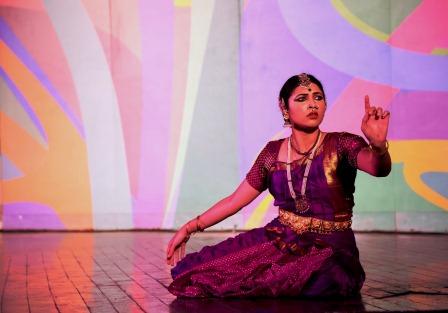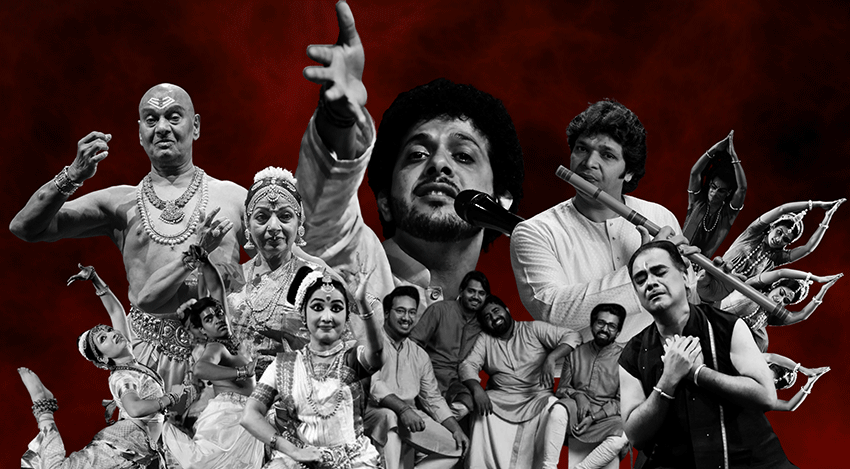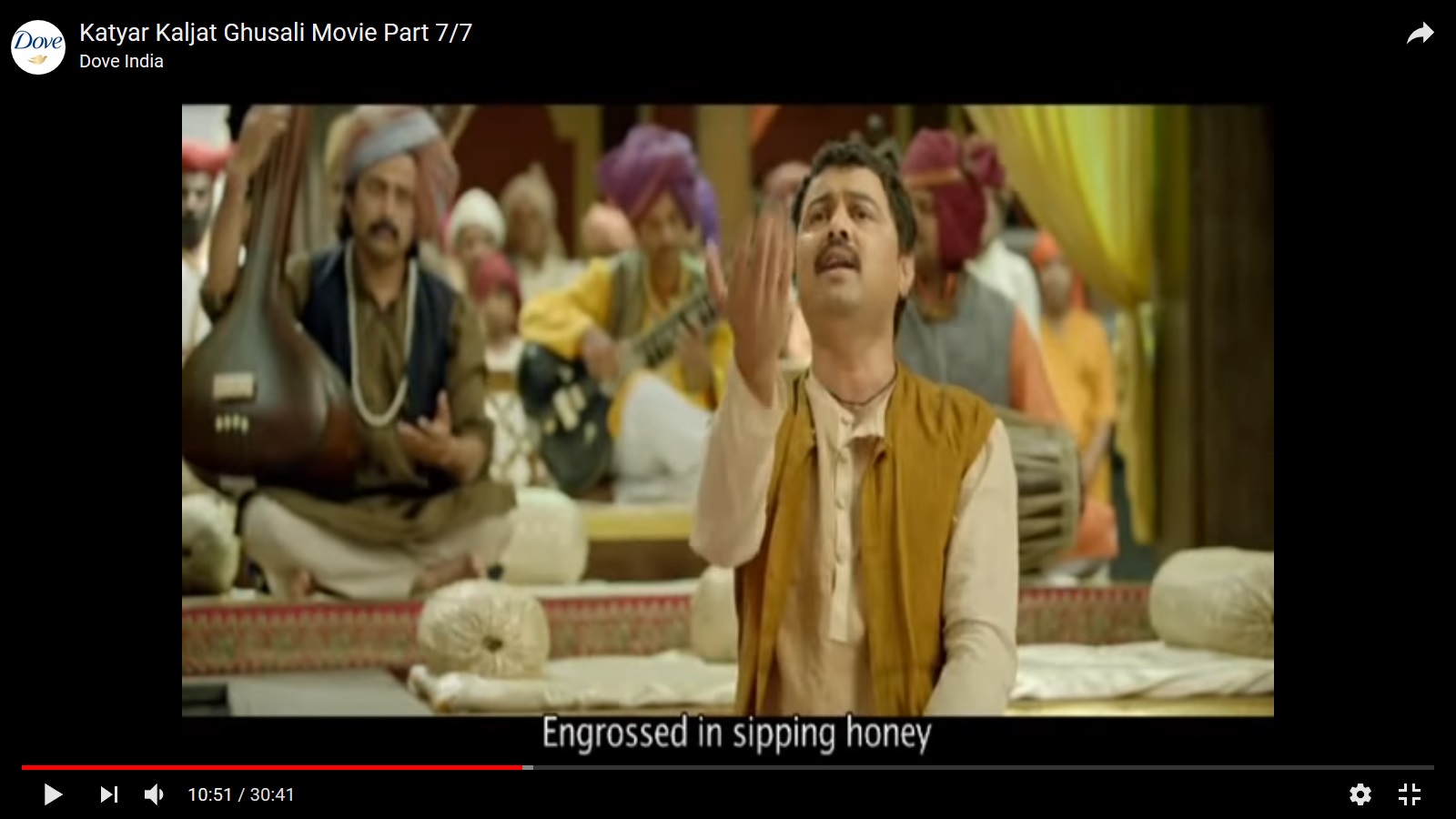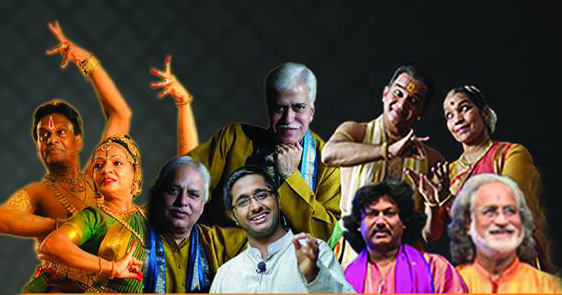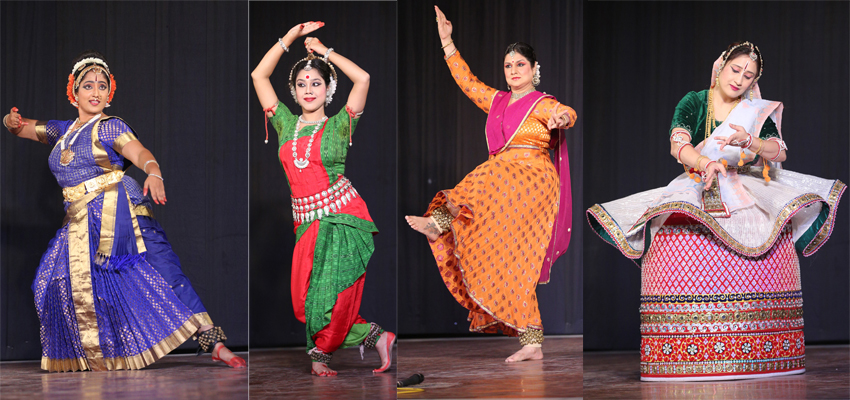If you love to dance—Indian Classical, Salsa, Zumba, Hip Hop.. any one of it. There are a lot of chances that you would be successful at managing people and coaching other managers. There are a number of parallels between being a great dancer and a great manager. There are similarities between successful artists and executives in their approaches to their work. Being a manager is not an easy job nor is dancing, it takes a lot of patience and consistent efforts. The more you try to actively improve at it, the better you’ll get.
Dance as in case of other forms of arts can touch us deeply—stirring our hidden emotions, encouraging vital analytical thinking, sharpening our perceptions, and fostering empathy. It causes people to look a little closer. Research studies have found that our involvement in any form of arts can be a strong motivation for greater mental and emotional engagement with others. Art doesn’t just connect us with what’s inside of ourselves but also with what’s inside someone else.
Prof. Vijayakumar P., Chairman, Centre for Social and Organisational Leadership, at Tata Institute of Social Sciences (TISS), Mumbai, has been incorporating art-based learning in his Organisational Development courses since over a decade. Prof. VK as he is fondly addressed by his students and colleagues, uses art as a vehicle for teaching his students’ social-emotional skills like respect and teamwork and, by extension, empathy.
Prof. VK explains, “valuing the arts can also help you look beyond yourself and discover what belongs to someone else in a very profound way. While a piece of art may resonate with your emotions because of something you’ve experienced, it can help you understand the thoughts and emotions of the artist, too. Art creates a bonding experience that facilitates collaboration and accelerates the ability get to the heart of a problem.”
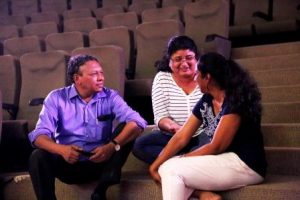
“Dance, as an art form, has a purpose, it plays a crucial role by assisting in navigating uncharted parts of our mind that enhances the prospects of our journey towards the authentic self. It supports the communication process, making it easier to connect with the external environment, including in a business set-up. Music teaches us to listen more deeply, and this skill can be transferred to leadership and management development. Dance is the best form to express emotions, importantly, dance helps in integrating thoughts and action, and there is an alignment which emerges,” explicate Prof. VK who considers art as a valuable asset for teaching students of all ages.
Art-based learning processes are used to enhance training, coaching, meeting facilitation in Prof. VK’s programmes. His students have expressed that they have “increased acceptance of others” and they “treated others with more respect”, have been “demonstrating cooperative and collaborative skills at their workplace” following the course. During this ten-year tenure, the 14-month part-time Executive course of Organisational Development has now been developed into a full-fledged 2-year degree course.
“The change in the business environment, which often outstripped the capacity of traditionally-managed organisations to adapt effectively. As a result, there is a demand for new organisational models and learning tools to help knowledge workers better cope with radical unpredictability, surface creativity, and innovation. Now, because creativity and innovation were becoming business concerns of paramount importance, arts-based learning is increasingly the subject of paramount importance,” said Prof. VK.
Prof. VK has developed a unique concept, “VivaKshaa: Exposition in Bharatanatyam” – an Arts-based learning project, which, dancer Krupa Ravi, curated and performed recently to a packed audience.
“This performance provided a context for the audience to enrapture varied meanings and perspectives and to recognise the diversity and complexity of human emotions,” said. Prof. VK.
A vivacious dancer, Krupa, with impressive dancing prowess, despite dancing by herself, she delivered emotion to the audience. She could bring alive the various lines of the lyric through her abhinaya as she created an empathic response from the audiences for several narratives of various authors which were interwoven together to form the composition.
‘VivaKshaa’ was coordinated Joel Fernando; supported by Bharti Kushwah and Ashwini Hambire.



